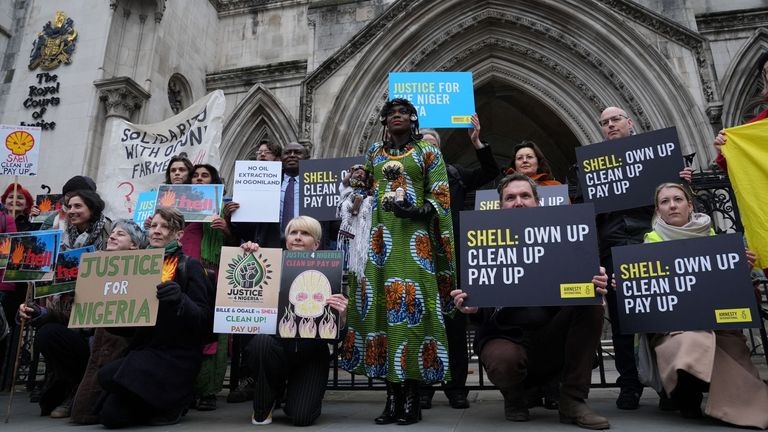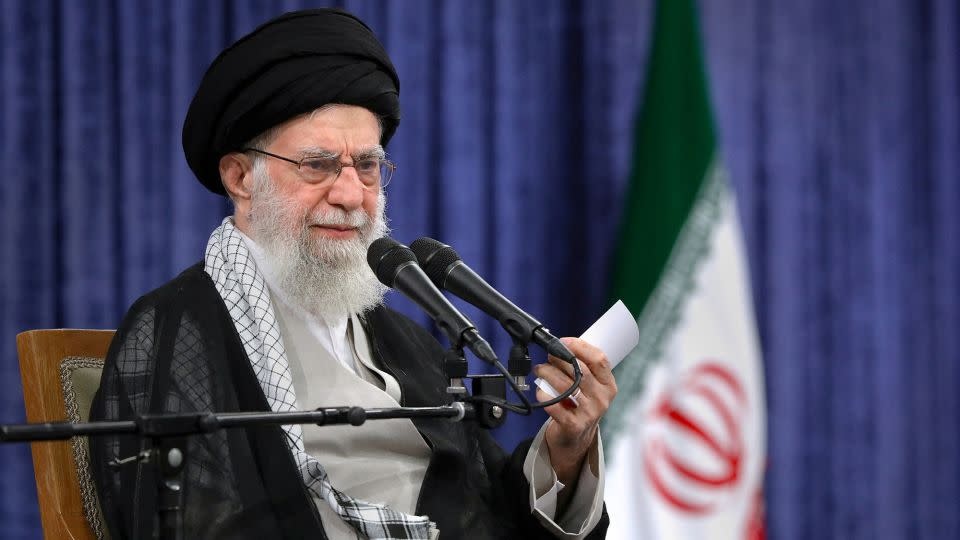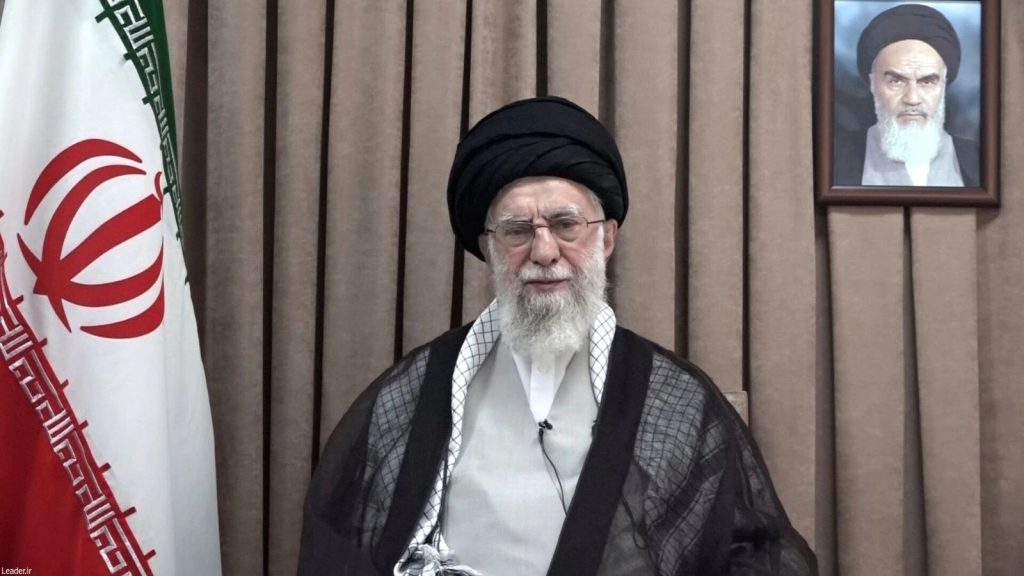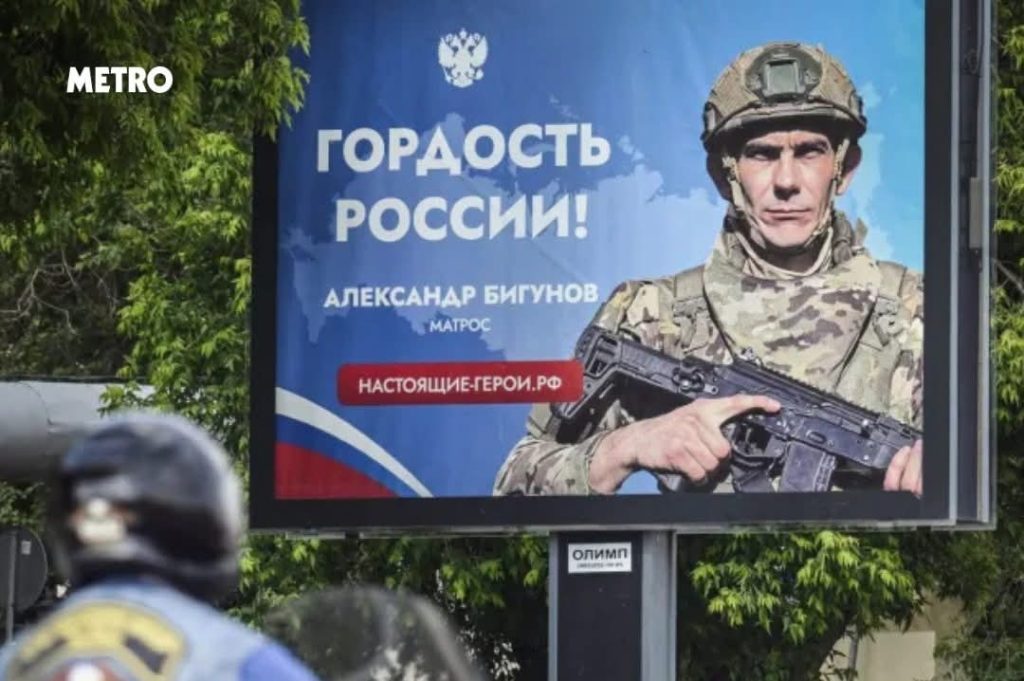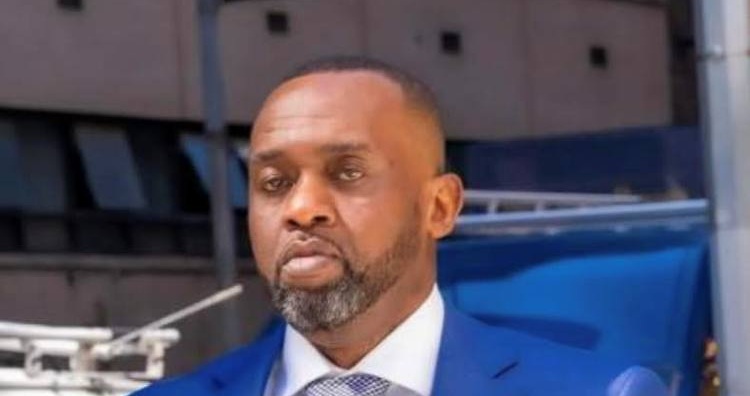Featured
Prisons depleted as Putin recruited many inmates for Ukraine war

Russian prisons have reportedly been depleted after President Vladimir Putin ordered the recruitment of so many inmates into the ongoing war for the soul of Ukraine.
As of January 2023, the total prisoner population in Russia stood at 433,006.
This number includes both pretrial and convicted detainees, constituting About 0.3% of the overall population.
The prisoner population in 2024 decreased by 17.5% since the beginning of 2023.
What is the current prisons population?
In October 2023, Russian Deputy Justice Minister Vsevolod Vukolov, while speaking at a panel discussion, revealed that the country’s prison population was roughly 420,000 before February 2022.
That number, however, has shrunk down to a historic low of 266,000 at the end of the first quarter of 2024.
Russia has recruited so many prisoners as soldiers for the Ukraine war that it now has to close some of its prisons.
A resident in Russia, who spoke anonymously, confirmed same to Diaspora Digital Media (DDM) when contacted.

Prisons deplete in Russia as prisoners are deployed as soldiers for war in Ukraine
Prisons close in Krasnodar
In response to the recent decrease in the number of inmates, particularly due to many joining the Russian army to serve in Ukraine, Krasnodar Krai in Russia has decided to shut down several prisons in the region.
This move, authorities said, is aimed at optimization and cost-cutting in colonies scattered across the country.
Two notable prisons set for closure are:
- Areiskoye: A village housing a prison for men who have previously served sentences elsewhere.
- Gromadsk: Another village containing a penal colony for first-time offenders.
These prisons have been significant employers in the respective villages, and their closures pose serious challenges.
A source said that need for such facilities may return in the future as Russian society structure remains unchanged.
“The ongoing conflict will eventually end, and normalcy will prevail,” the source added.
In November 2022, some 100 convicts from the prison in Areiskoye were sent to fight as part of Wagner Group.
Prisons close in Mordovia
Also, in response to the recent decrease of inmates, a similar thing was witnessed in Mordovia, a region in Russia.
Particularly due to many joining the army to serve in Ukraine, Mordovia decided to shut down several prisons.
One of the most notorious facilities affected was Corrective Colony No. 2 (IK-2) in Mordovia.
Located near Yavas, approximately 480 kilometers southeast of Moscow, IK-2 is a women’s corrective colony.
Brittney Griner, a WNBA player, was briefly incarcerated in IK-2 before being released in a December 2022 prisoner exchange for Viktor Bout.
While the closure of prisons may alleviate some challenges, the need for such facilities may return in the future.
The ongoing conflict will eventually end, and normalcy will prevail.
In the meantime, several prisons in Russia’s Krasnoyarsk region are set to close over fewer inmates.
Closure of prisons have also been reported in other regions across Russia.
The Wagner Group effect
Russian recruiting of prisoners gained international attention in September 2022.
The leader of the Wagner Group, Yevgeny Prigozhin, was filmed addressing a large group of prisoners about joining the war to get their sentences commuted.
“If you serve six months (in Wagner), you are free,” a BBC News report cited Prigozhin as saying.
However, he warned the prisoners that desertion would kill them if they arrived in Ukraine and decided otherwise.
Reuters reported that as many as 40,000 prisoners served with Wagner Group on the frontlines of the war in 2022.
The director of the human rights organization Russia Behind Bars, Olga Romanova, said the figure was higher.
“There were 420,000 prisoners at the beginning of the war, and we know that Prigozhin took about 50,000,” said Romanova.
She said further that an influx of newly incarcerated Russians is expected to sustain the number of people in prison.
According to her, the roughly close to 400,000 individuals will continue to serve as cannon fodder for the war.
Meanwhile, the dwindling numbers showed that Russian prisons were heavily recruited.

President Vladimir Putin of Russia
What Russian authorities do
Over the past year, Russia’s Defense Ministry has increasingly recruited prisoners to serve in exchange for amnesty.
The situation highlights Russia’s complex interplay between incarceration, military service, and societal dynamics.
Russia has long relied on recruiting prisoners to fight in Ukraine.
Russian military’s reliance on prisoner soldiers allowed it to plug manpower gaps and plunged prisoner population.
At the beginning of 2023, the Russian Defense Ministry began recruiting soldiers for the war in Ukraine directly from the country’s prison population as well.
According to the British Ministry of Defence, as of May 2023, Russia had likely recruited some 10,000 prisoner soldiers in April 2023 alone.
However, other sources claim that the total number of prisoners was likely much higher.
Russian prisons notoriously encompass a diverse array of facilities, each with its own purpose and conditions.
These include:
Pre-Trial Institutions: These facilities house detainees awaiting trial.
They also serve as temporary holding centers where individuals are held until their cases are resolved.
Educative or Juvenile Colonies: These institutions focus on rehabilitation and education.
They cater to young offenders and aim to reintegrate them into society.
Corrective Colonies: The most common type of prisons are corrective colonies house convicts serving sentences.
Then Very Strict/Special Regime, reserved for high-security prisoners, and Strict Regime, stringent conditions with limited freedoms.
Others are General Regime, less restrictive and allowing some work and movement, and Open Regime, least restrictive, often resembling labor camps.
There are also Prisons, separate from corrective colonies and typically house convicts with longer sentences.
In 2021, videos smuggled out of a prison revealed tortures and shed light on the harsh conditions faced by inmates.
Incarceration rate
The incarceration rate in Russia, calculated as prison population per 100,000 people, was 328.1 as of January 31.
From 2000 to 2020, the prison population has significantly decreased by 536,476.
Some historical challenges in Russian prisons include corruption, underfunding and abject neglect.
Despite these challenges, efforts to improve conditions and address human rights in prisons have continued.
For Diaspora Digital Media Updates click on Whatsapp, or Telegram. For eyewitness accounts/ reports/ articles, write to: citizenreports@diasporadigitalmedia.com. Follow us on X (Fomerly Twitter) or Facebook





